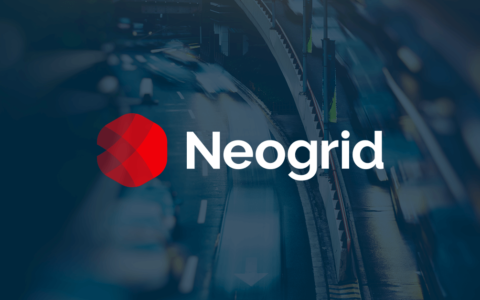
Have you ever stopped to think how residential water distribution can be an example for the supply chain? See this: the company responsible for collecting water (which plays the role of the “industry” in this case) sends their product to the distributor (which would be the “retail”) which, in turn, sells to the end customer. In this case, the water is not pushed from the industry to people’s homes. As people consume water, some more water is sent through. Therefore, would it not be better, rather than to “inflate” the inventory in retail, to time the sending of the products as they are being sold to the end customer, as it happens in water distribution?
This reasoning makes even more sense in the current economic scenario without optimistic prospects in the medium term, which drives companies to think of solutions that enhance operational efficiency, reduce losses and, especially, increase profitability. To this context, the sell-out model presents itself as an excellent alternative, since it considers the purchase by the end consumer (reason why it is called sell-out) as the indicator that must guide the behavior of the supply chain.
Unlike sell-in, which accounts for the sale between inventories (from the industry to the distributor and then to retail) and is the index that currently regulates the relationship between the agents in the retail and industrial sector. This premise adds to the frequent oscillations between lack and excess in stock and does not generate value. After all, “nobody has sold anything if consumers have not purchased anything. There was only a paid transfer of inventory,” a widely widespread belief in the retail industry.
(Learn more about NeoGrid’s VMI Solutions and how we can help you optimize your order and logistics processes.)
How would it be possible to adjust the sell-in model for sell-out? To achieve success in this answer, check the four steps agents in the supply chain should adopt:
- Synchronize the industry production with the consumption on the shelf: integrating inventory planning and replenishment between agents in the chain with what is purchased by the end consumer allows the industry to react quickly to the actual consumption of their products.
- Revision of performance indicators for agents in the chain: it is necessary to ensure that they are triggered by actions on the shelf (purchases by the end customer). This way, instead of retail making a purchase based on consumption demand forecast, it can be done based on the actual behavior. This indeed changes the method of payment: instead of being a batch of products, this is made per unit.
- Align processes across the links in the chain in a collaborative fashion: it is important to have the integration of systems used and the revision of the processes in a collaborative way. This gives more transparency and encourages greater commitment to establish the new model. See what changes in the relationship between the agents when adopting a management focused on sell-out: What is sell-out and how can it increase the efficiency of the supply chain
- Addition of specialized technology: this point is crucial to contribute in the integration between retail, distributor and industry. A technology solution that specializes in supply chain helps this integration, aligning the business rules between the links based on the behavior of the end consumer.
Stay tuned to these factors, which are essential to fit the sell-out model. The support from expert consulting services also helps this step be carried out in such a way as to improve business relationships between the agents in the retail and industrial sectors. The blog post Increase retail efficiency using the sell-out model presents the benefits to companies that adopt this model.
Download our cloud integration white paper to learn the five reasons S&OP belongs in the cloud.





